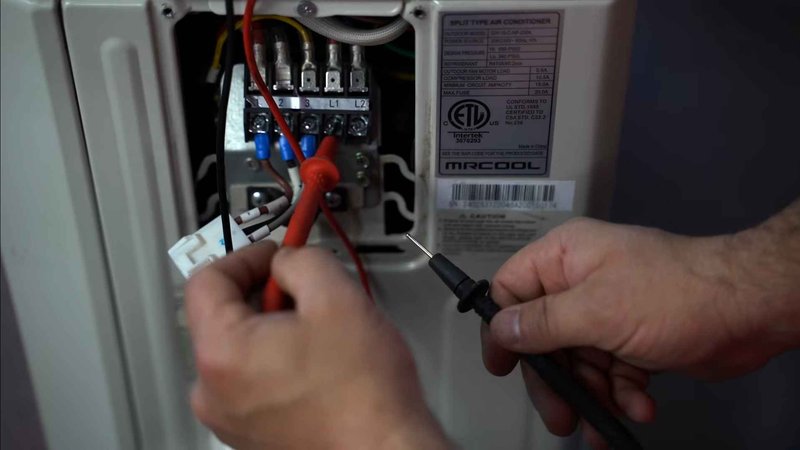
An error code like E1 might seem mysterious at first glance. It’s like your air conditioner is trying to speak a language you don’t quite understand yet. Think of it as your AC’s way of asking for help. Just as a car’s check engine light signals that it’s time to peek under the hood, the E1 code is a cue to either troubleshoot yourself or call in a professional. Let’s break it down together, so you can decide what’s best for your scenario.
Understanding the Error Code E1
When you see the E1 error on your Frigidaire air conditioner, think of it as a distress signal. This code typically indicates an issue with the air conditioner’s internal sensors — possibly a sensor failure or a communication problem between the sensor and the main control board. Imagine trying to have a conversation when neither of you speaks the other’s language. Frustrating, right? That’s sort of what your AC’s sensor is experiencing with this code.
In many Frigidaire models, the E1 code means the air conditioner has been unable to read its temperature sensors properly. These sensors act like the senses of the machine, providing vital information to keep your room at your desired comfort level. When they malfunction, it’s as if your AC has lost its sense of touch, leaving it unsure of how to respond to your settings.
If you’re handy and comfortable with tools, you might feel tempted to pop the cover and look around. However, understanding the specific cause behind the E1 involves a little more than tightening screws. It’s like fixing a computer rather than just unplugging and plugging it back in. If you don’t feel confident, don’t fret. There’s a time and place for calling in reinforcements.
Troubleshooting Before Making the Call
Before you reach for the phone, there are a few basic steps you can try. Think of these as the “band-aids” you’d use before seeking medical help — simple fixes that might get your AC back up and running. First, turn off the unit and unplug it for about 30 seconds. This gives it a chance to reset itself, akin to a power nap that might just resolve any confusion in its “brain.”
Next, check the air filter. If it’s clogged with dust, the machine might be overworking itself, causing the sensors to misfire. A quick cleaning could solve minor hiccups and save you a service fee. Additionally, make sure that the sensor wires aren’t loose. Sometimes, they can get jostled loose, much like earbuds that occasionally need a little wiggle to work.
Remember, though, these are just preliminary steps to see if the error resolves itself. If the E1 code persists, it’s a sign that the problem lies deeper than a simple fix. At this point, it’s probably best to call a technician who can delve into the machine’s inner workings without causing further damage.
When Professional Help is Necessary
Here’s the deal: Calling a professional isn’t a sign of defeat. Think of it as recruiting an expert who speaks “AC language.” A trained technician can quickly assess the situation and identify whether it’s a faulty sensor, a wiring issue, or something else entirely. It’s like having a translator in a foreign country — suddenly, everything starts making sense.
An expert can also ensure that the repairs are done safely and effectively. Air conditioners involve electrical components, and messing with these without proper knowledge can lead to shocks or further damage. So, by hiring someone with the right expertise, you’re taking the safest approach.
Moreover, professionals can spot potential issues before they become major problems, giving you peace of mind and possibly extending the life of your air conditioner. Think of it like getting a regular check-up from a doctor: preventative care is often less costly and stressful than dealing with full-blown crises.
Preventative Tips and Conclusion
Preventing error codes like E1 in the future is simpler than you might think. Regular maintenance is key, much like how routine oil changes keep a car running smoothly. Clean your filters every month during peak usage seasons, and schedule professional tune-ups at least annually. This keeps everything running harmoniously like a well-oiled machine.
Also, keep your room’s setup in mind. Ensure that vents are unobstructed by furniture and that the outdoor unit isn’t blockaded by debris or overgrown plants. The less your air conditioner has to struggle to maintain airflow, the fewer error codes you’ll encounter.
In conclusion, while the E1 error code can initially seem daunting, understanding what it signifies helps you make informed decisions. Start with basic troubleshooting, and don’t hesitate to call a technician if that doesn’t work. By focusing on regular maintenance, you can enjoy your Frigidaire air conditioner’s cooling comfort without issue — an investment that truly pays off with peace of mind.